“We live and die together”: An Interview with League of American Bicyclists’ Andy Clarke
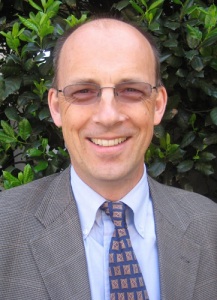
By Mina Keyes
Published by the Project for Public Spaces
Jul 24, 2012
League of American Bicyclists President Andy Clarke shared his thoughts and experiences with the Project for Public Spaces on what bicycling means as a movement and how it has changed over the last 25 years.
Can you tell us what is new and innovative in the bicycling world?
 What I see happening in the bike movement is a realization that we are indeed a part of something bigger, and that we are not just a special interest group. We see that through things like bike sharing and open streets events with activities and programs that are much more open, public, and acceptable than they have been in the past. Times have changed from when we were a little bit more focused on the lycra-clad, recreational, weekend warrior-type rider. We’re finding that image very limiting in terms of where the bike movement needs to be, and how it relates to the urban environment and the creation of great communities. In order to be successful, and to thrive and grow, the bike movement has got to appeal to a broader, more mainstream audience.
What I see happening in the bike movement is a realization that we are indeed a part of something bigger, and that we are not just a special interest group. We see that through things like bike sharing and open streets events with activities and programs that are much more open, public, and acceptable than they have been in the past. Times have changed from when we were a little bit more focused on the lycra-clad, recreational, weekend warrior-type rider. We’re finding that image very limiting in terms of where the bike movement needs to be, and how it relates to the urban environment and the creation of great communities. In order to be successful, and to thrive and grow, the bike movement has got to appeal to a broader, more mainstream audience.
We are coming to realize and accept that bicycling is only as good as the walking environment and transit system allows it to be. We live and die together; we have to understand that in order for bicycling to flourish, walking must thrive and for transit to work, bicycling needs to be part of the mix.
You referred to this as a “movement”, which suggests one of Fred Kent’s favorite terms: the “zealous nut.” Can you talk about how this group of “zealous nuts” has turned bicycling into a movement, and what people who are interested in Placemaking might learn from that success?
When I first moved to the US from the UK twenty-five years ago, the movement was pretty slow. There were not many full-time bike advocates at the national level. There were a handful of states that had bike coordinators, there were lots of riders’ clubs and events, and lots of riding activity going on, but it wasn’t really a movement. I think we’ve seen that change quite dramatically and I think there is a lot to learn from how we’ve managed to achieve that and in some cases change perceptions. One striking growth is the National Bike Summit. For the first two or three years we quite literally had to remind people not to wear lycra just to prove a point. We’ve got to grow up as movement.
The Placemaking movement has got early adopters and the passionate smart people who are way ahead of the curve in realizing this is where we need to go with our communities. Twenty-five years ago, as far as most people were concerned, the American City was dead and buried. Now, that has changed completely because of those pioneers from CNU and elsewhere. There’s a point at which that passion has to turn into some degree of normalcy, and it has to become a part of the planning, landscape architecture, and architecture vernacular. It has to become something that everyday traffic engineers aren’t going to think is going to get them in trouble or have them lose their license over. We all have to grow up, and that will piss off some of the purists in movement. They’ll think we’re selling out by becoming more mainstream and pragmatic.
Senator Barbara Boxer (D-CA) and Representative John Mica (R-FL), the lead conference negotiators of the federal transportation bill that eliminated Transportation Enhancements.
Can you tell us a little bit about the Federal Transportation Bill, and what it will mean for those who like to ride their bikes?
It means that people who want something different from their communities, and from what DOTs typically offer, have got to show up and be part of the process to ask for, demand, and insist better places, streets, and communities. My big fear is that the new Highway Bill is a huge throwback to the 1950s. Many state DOTs, unfortunately, will take the opportunity to revert back to where they’ve always felt more comfortable. I think where the biking, walking, and Placemaking community needs to come together and focus on effecting change is at the city council, municipal, and especially the state level. They need to make sure they’re raising their hands and saying, ‘We don’t want more six-lane divided highways. We want more places where people can live, breathe, and travel safely and conveniently.’
Read the rest of Andy Clarke’s interview with the Project for Public Spaces HERE>>>
RELATED:
• Transportation Enhancements is gone. “What do we do now?”
• DEFEAT FOR CYCLING: Boxer-Mica Law Eliminates 20 Year Transportation Enhancements Program

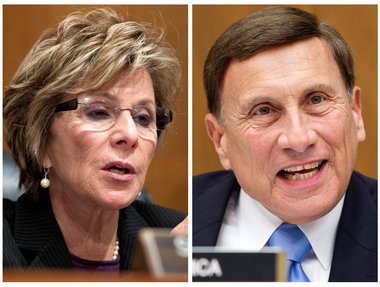

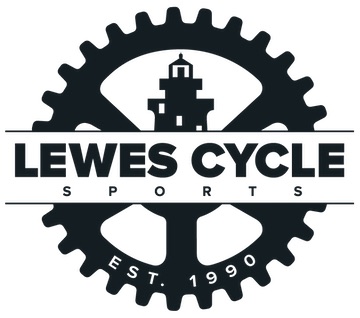
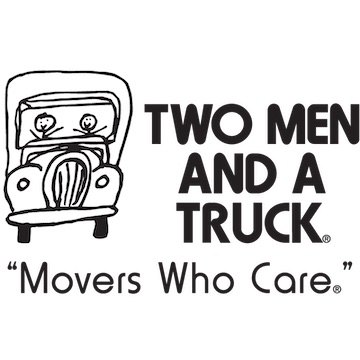
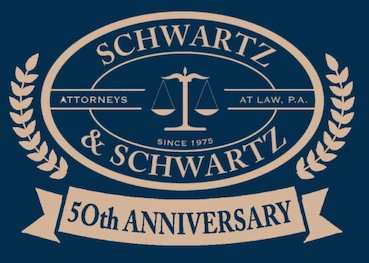
3 Responses
[…] original post here: “We live and die together”: An Interview with … – Bike Delaware This entry was posted in Blog Search and tagged clarke, experiences, jul, means, mina, movement, […]
[…] free and inexpensive steps to go green painlessly to bring about great sustainability to our world. Read more from this article about the Thrive Movement on the original blog at this link You may also like -North American Power CEO Kerry Breitbart To Be On Fox Business …North […]
[…] free and inexpensive steps to go green painlessly to bring about great sustainability to our world. Read more from this article about the Thrive Movement on the original blog at this link You may also like -“We live and die together”: An Interview with League of American …“We […]